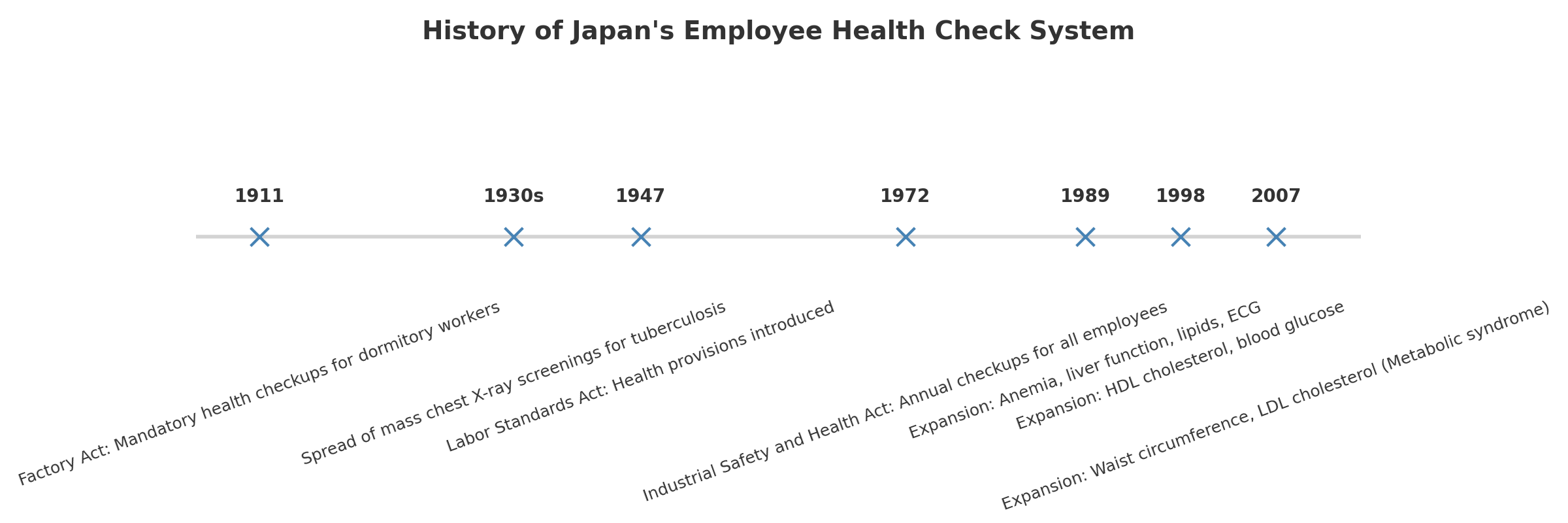There are signs of progress – yet the next step remains elusive.
In Part 1, we saw through the numbers that Japan’s small and medium-sized enterprises (SMEs) are healthier than expected. Paid leave utilization exceeds 60%, and the rate of leave or resignation due to mental health issues is lower than in large corporations. The old image of SMEs as “difficult workplaces” no longer holds.
Yet, beyond the data lies a quiet stagnation.
Policies are in place, metrics are improving – but the lived experience hasn’t caught up. Why, despite being “healthy” on paper, does well-being still fail to take root in everyday life?
This article explores four structural factors behind that paradox – a shortage of workers, the healthcare checkup system, the industrial physician framework, and the lag in digital transformation (DX) – to uncover how progress and stagnation coexist in Japan’s SMEs.
👉 Read here: Numbers that Speak: How Japan’s SMEs Are Quietly Rewriting Workplace Wellbeing







